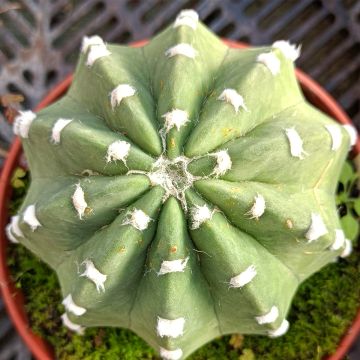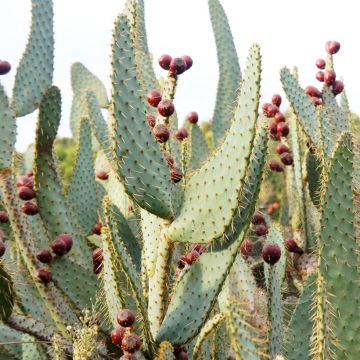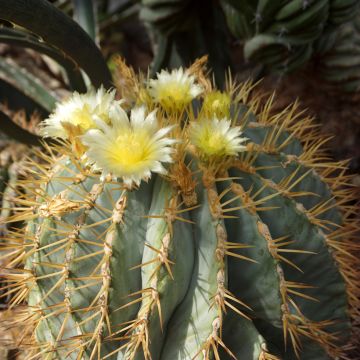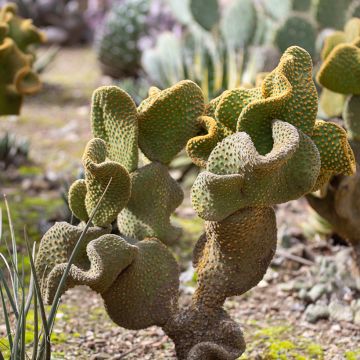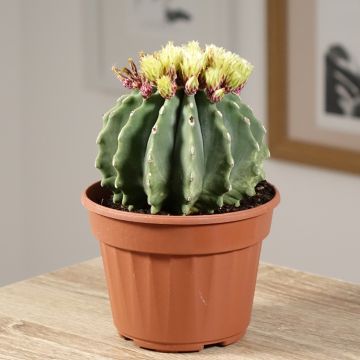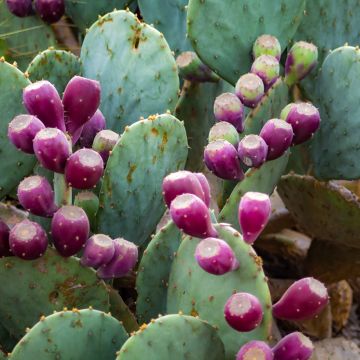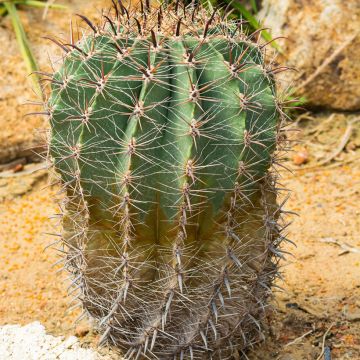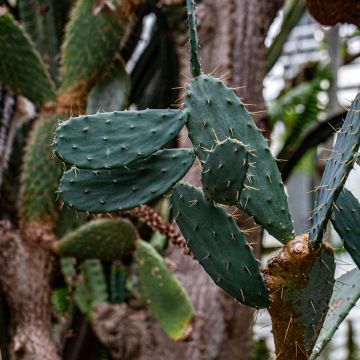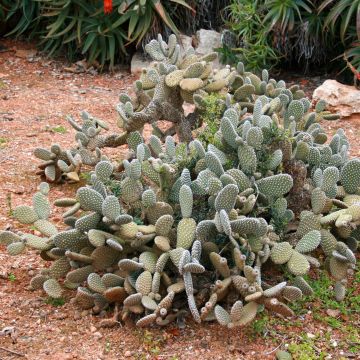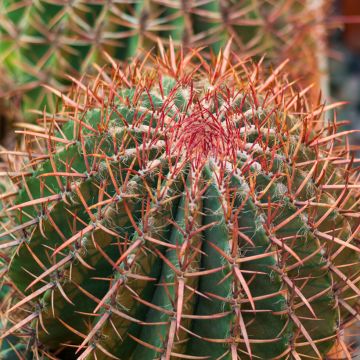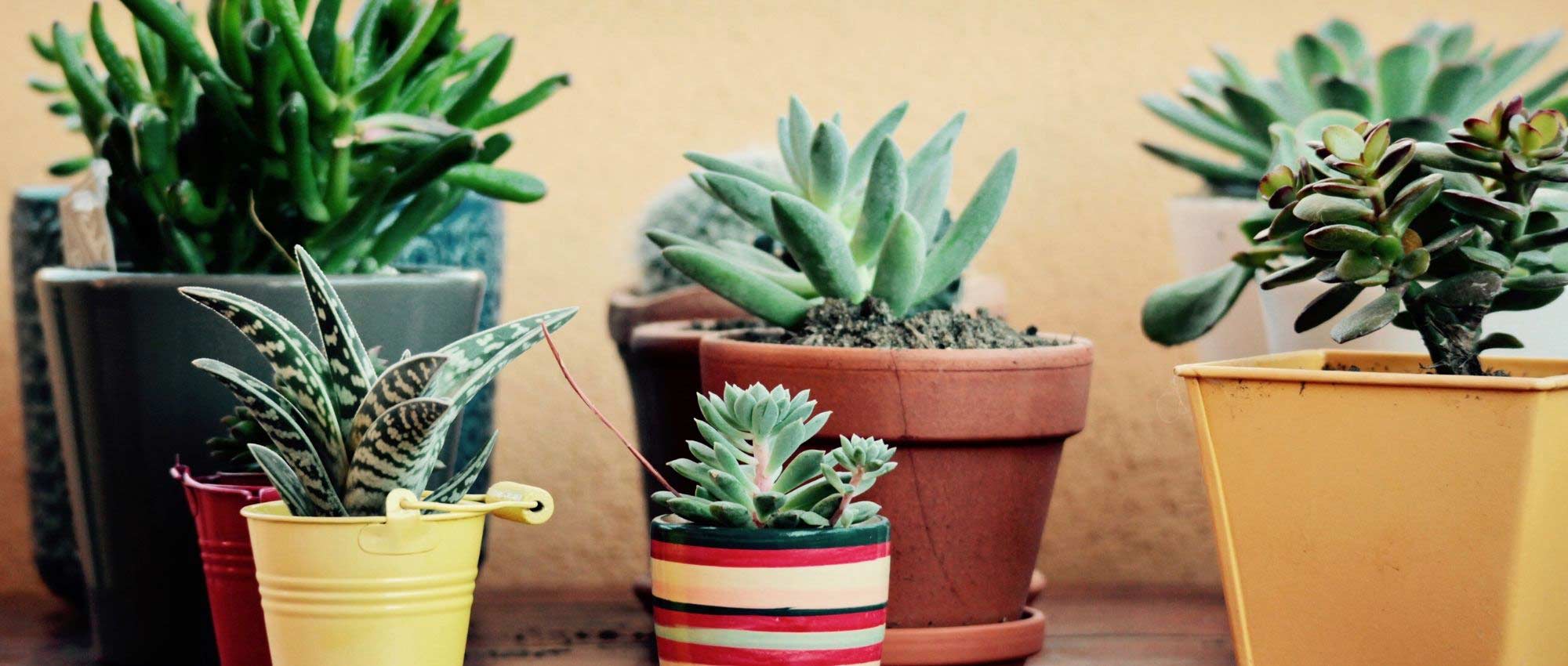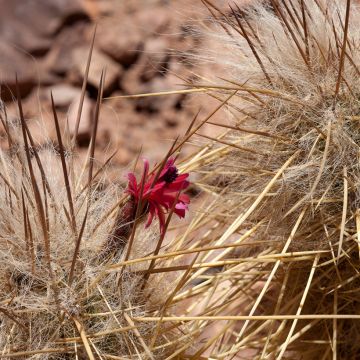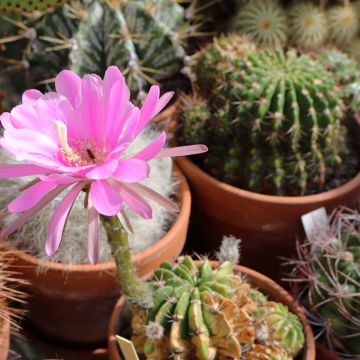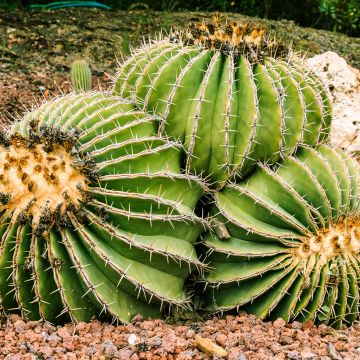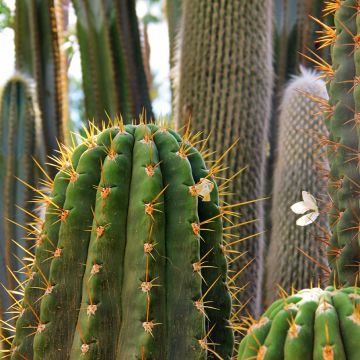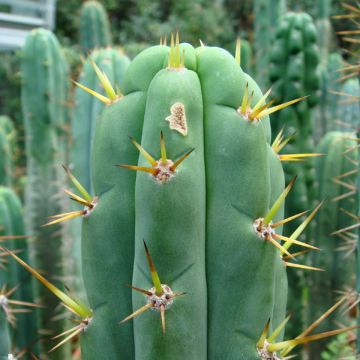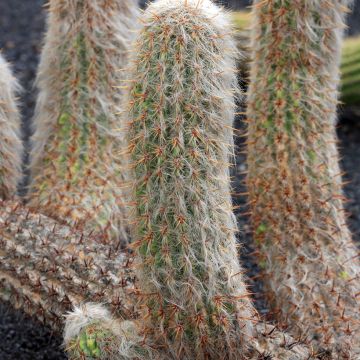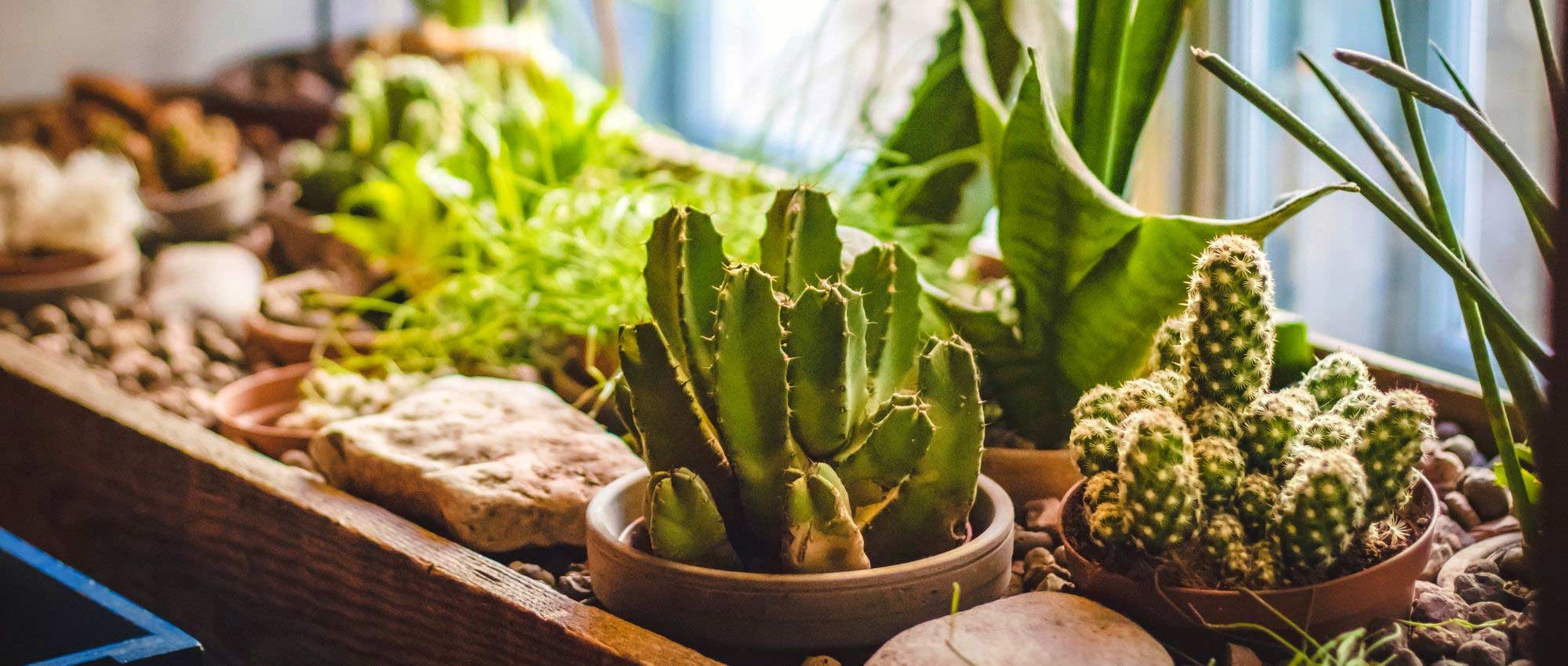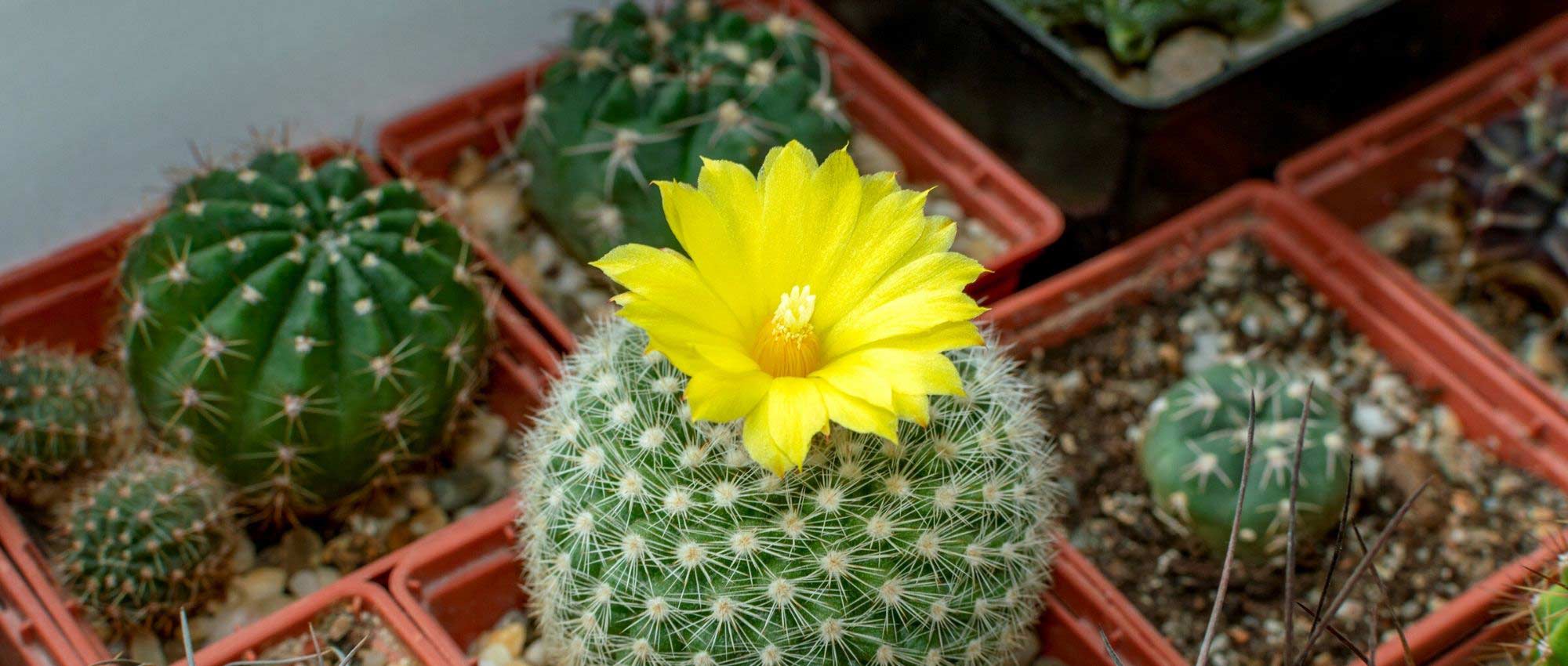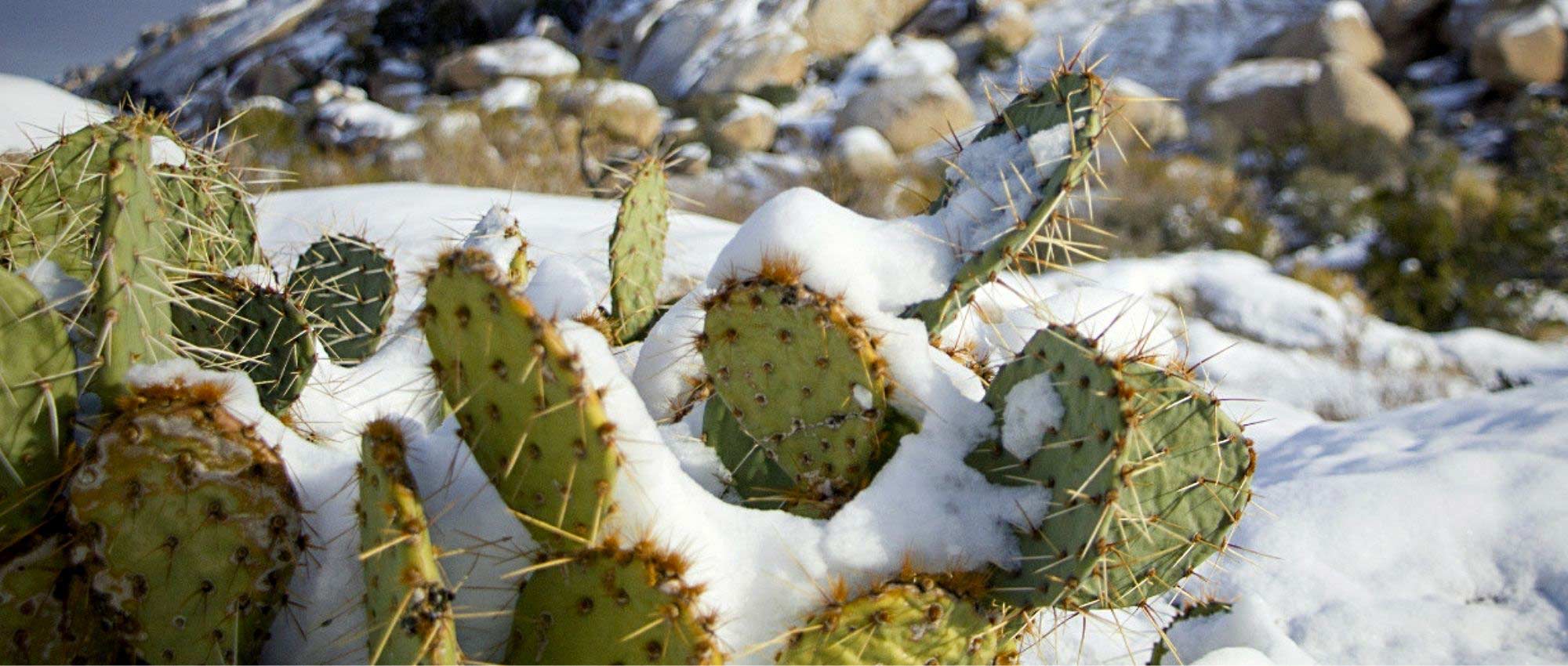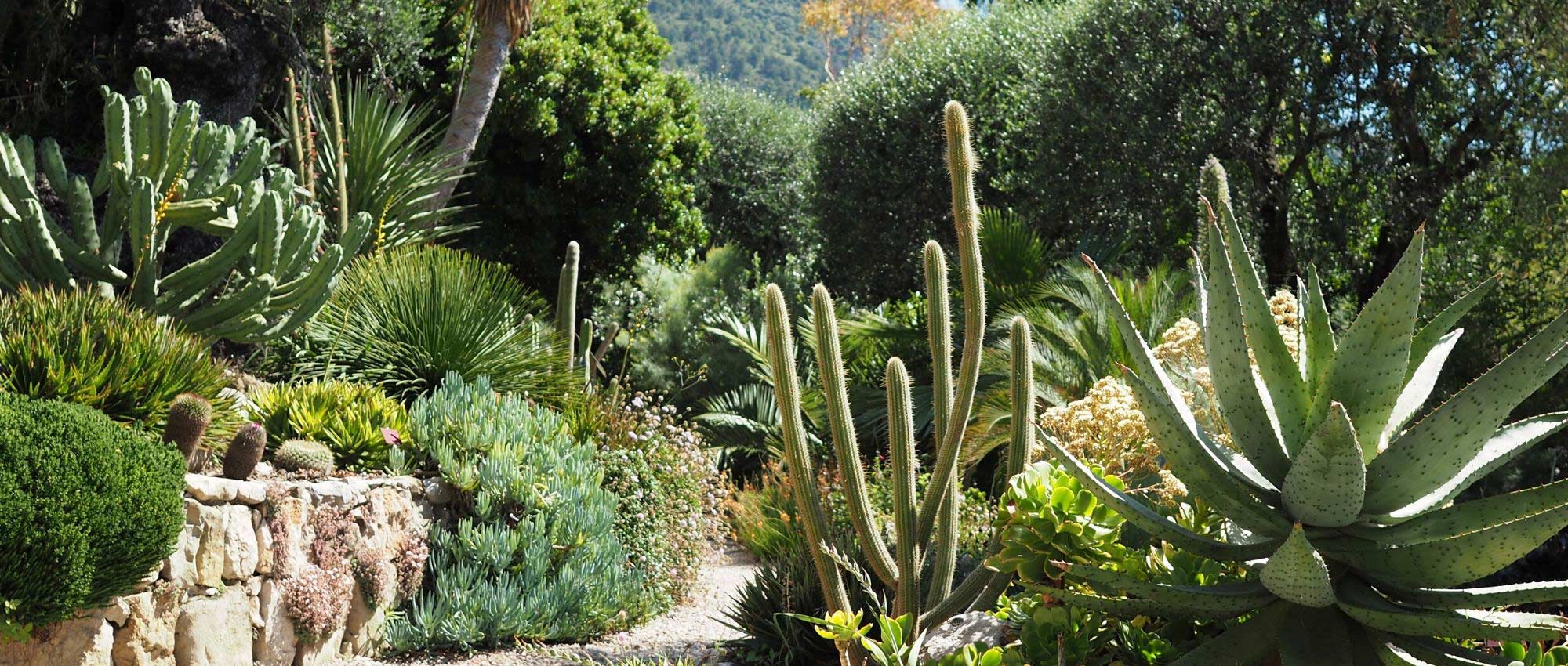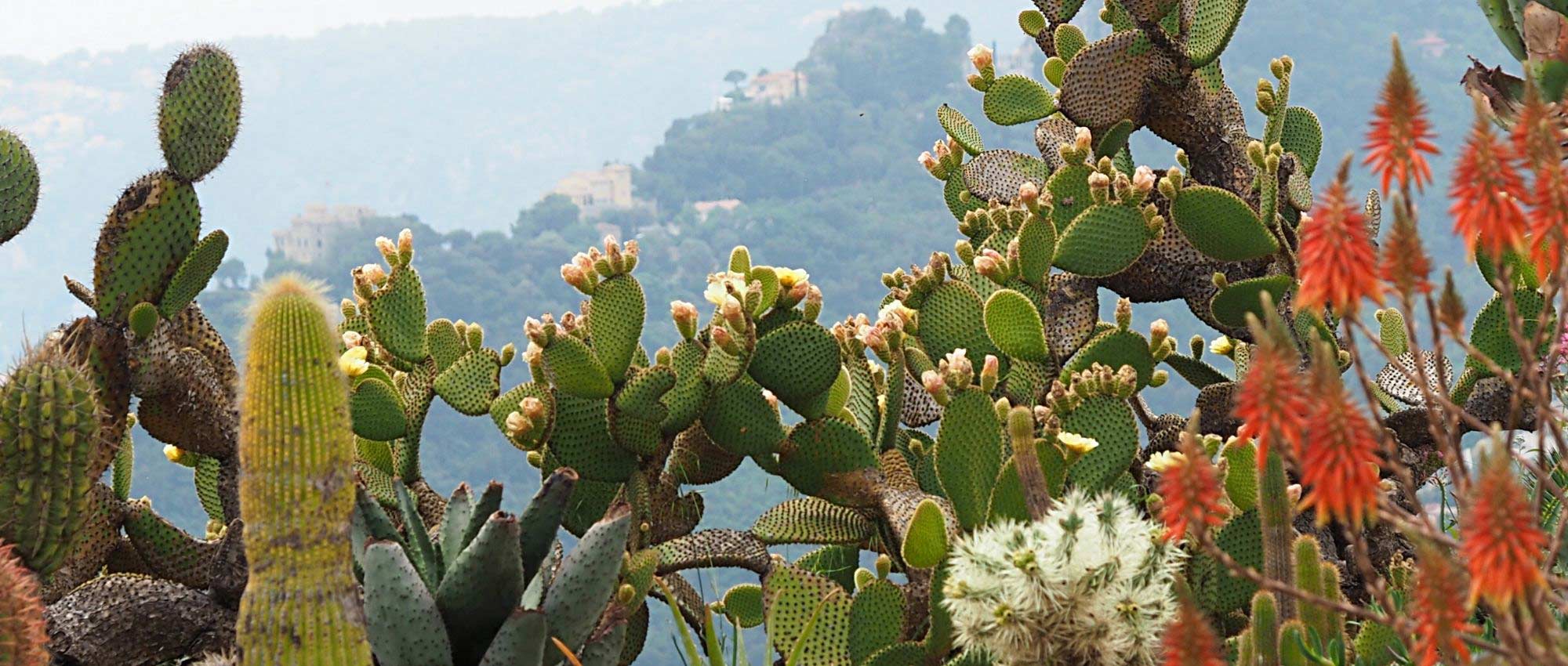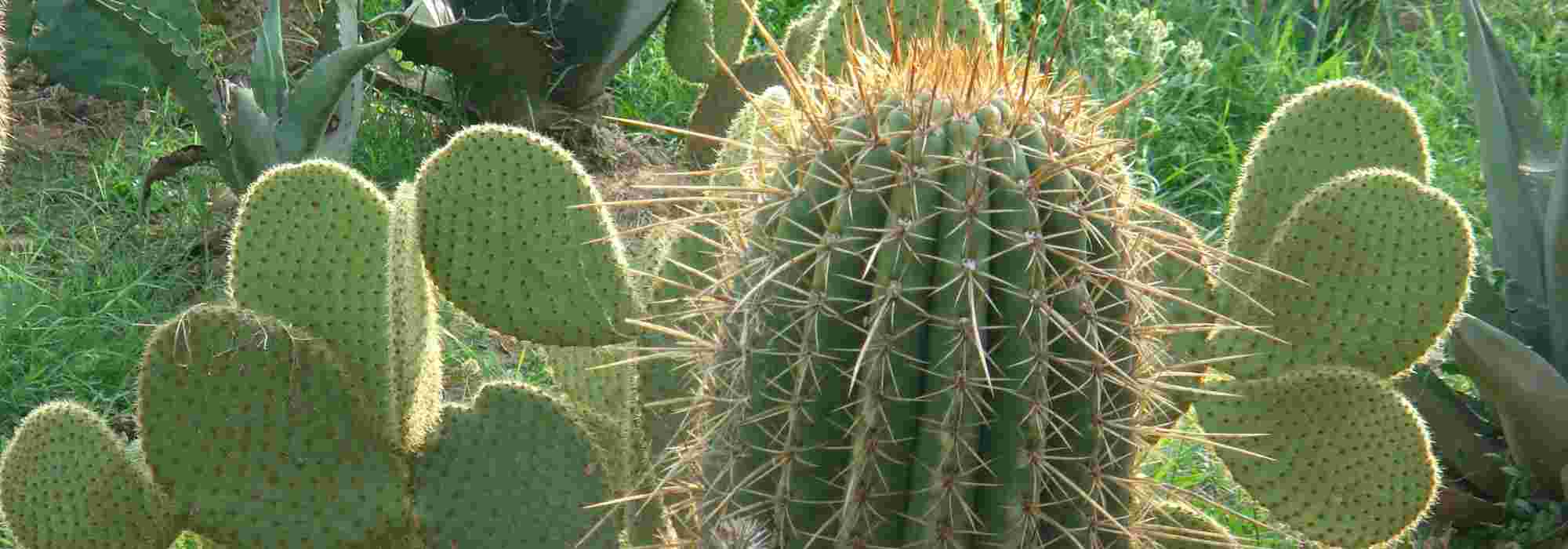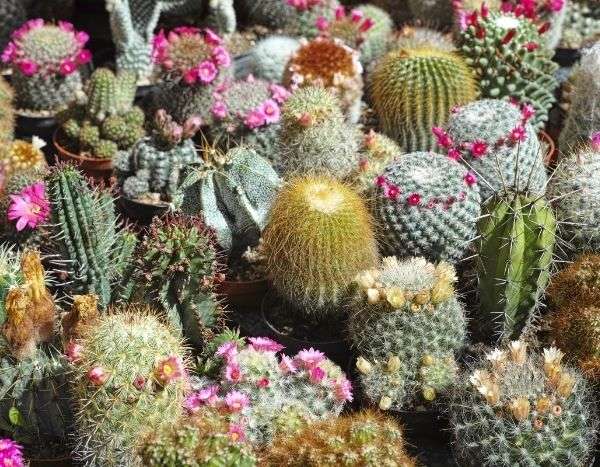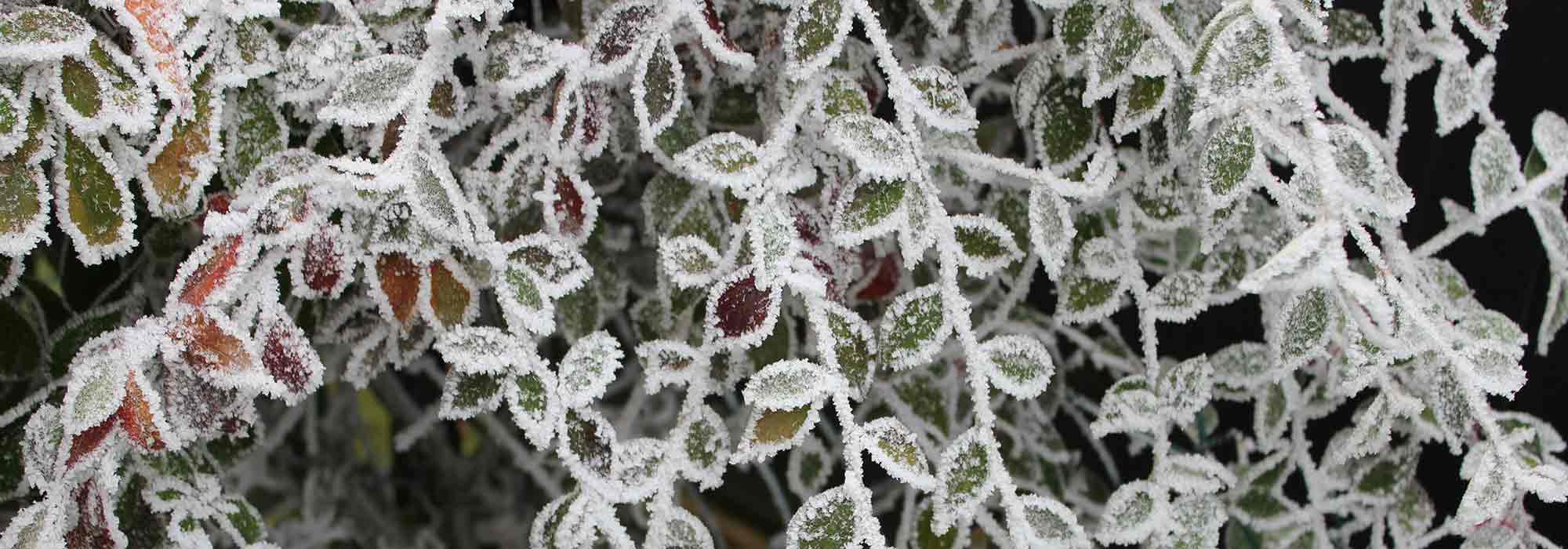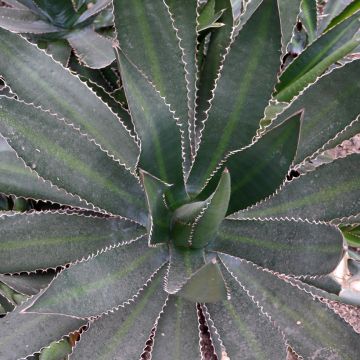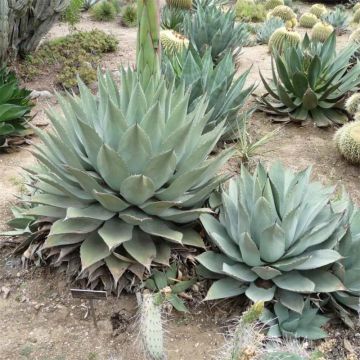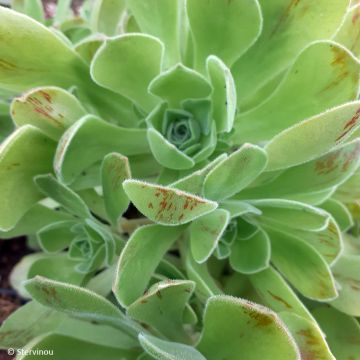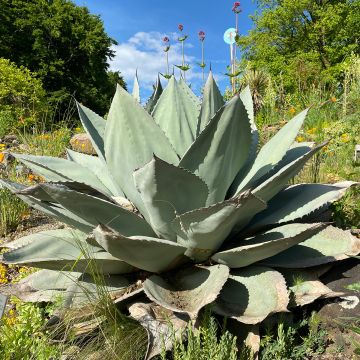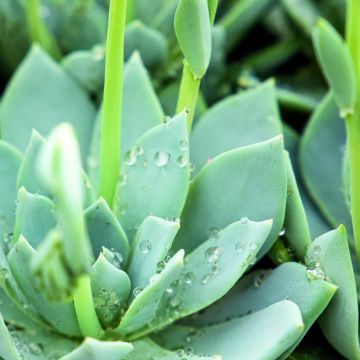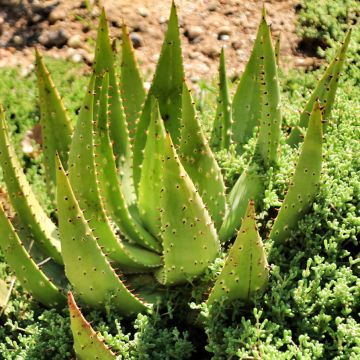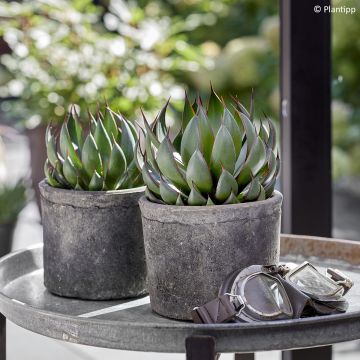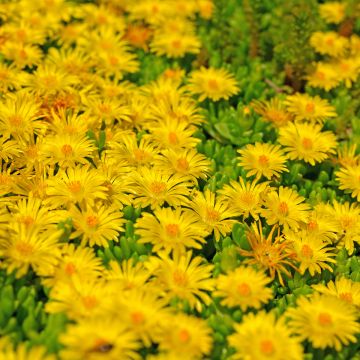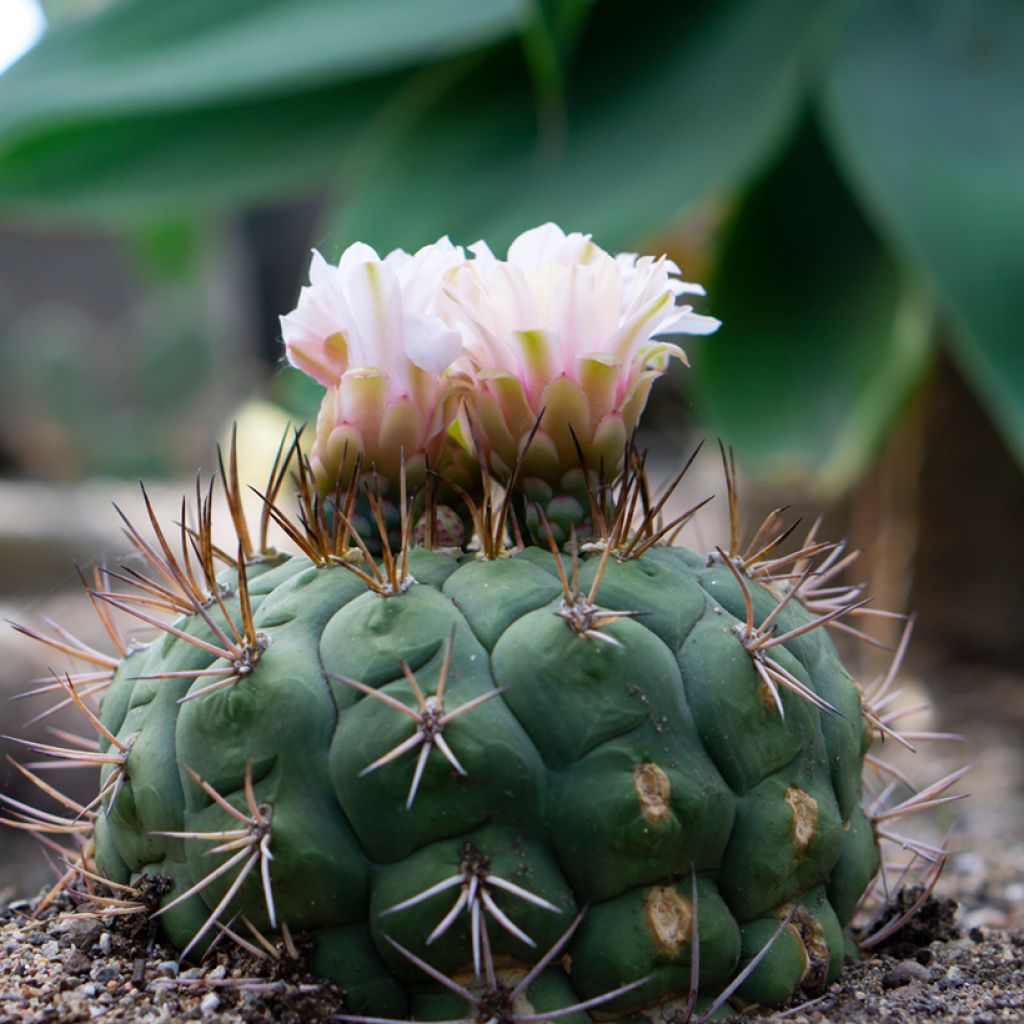

Gymnocalycium saglionis - Giant chin cactus
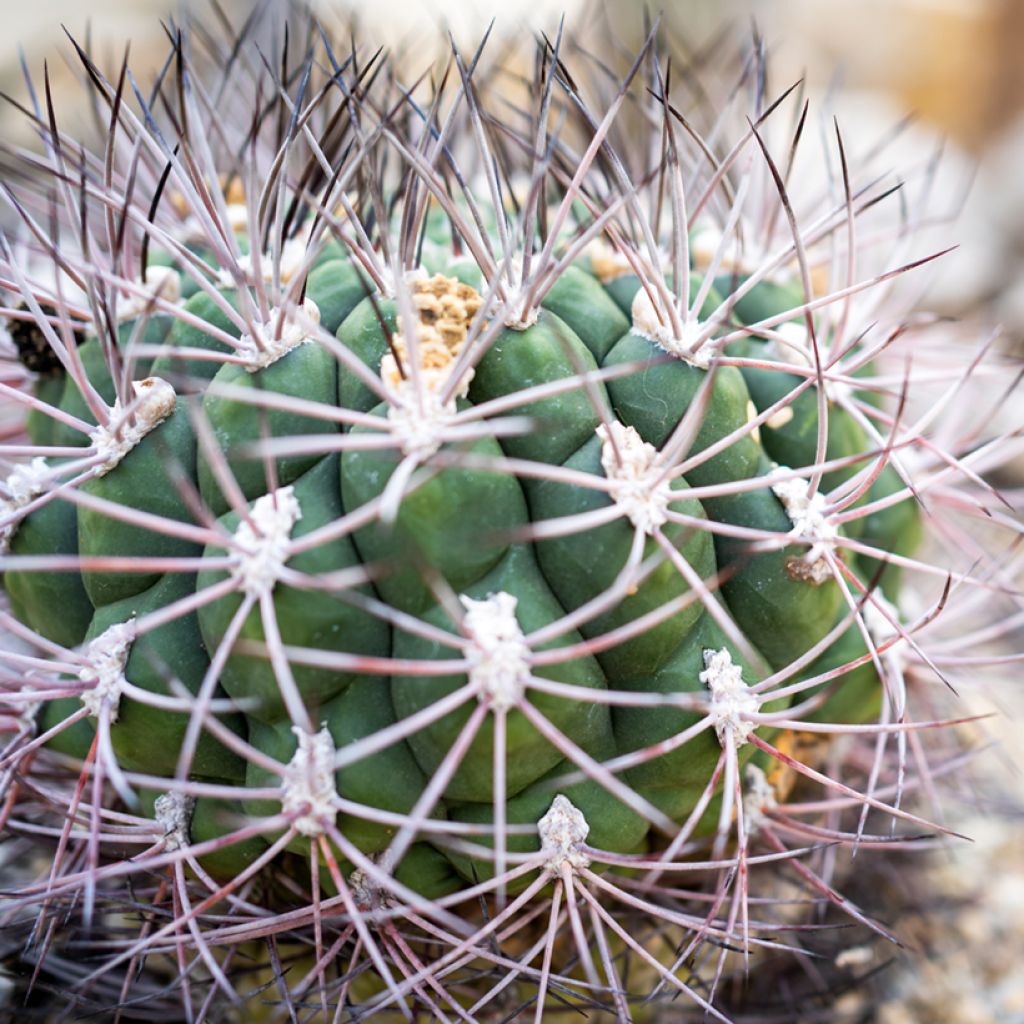

Gymnocalycium saglionis - Giant chin cactus
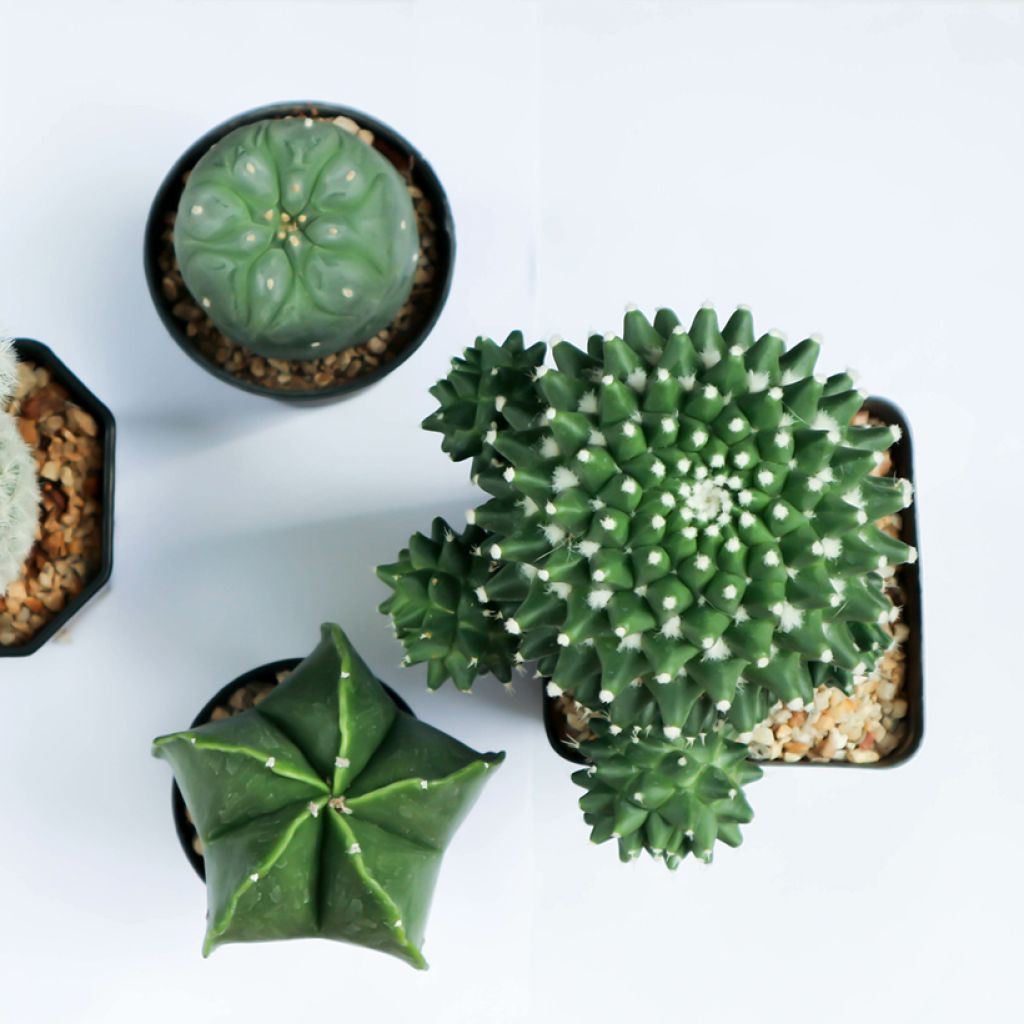

Gymnocalycium saglionis - Giant chin cactus
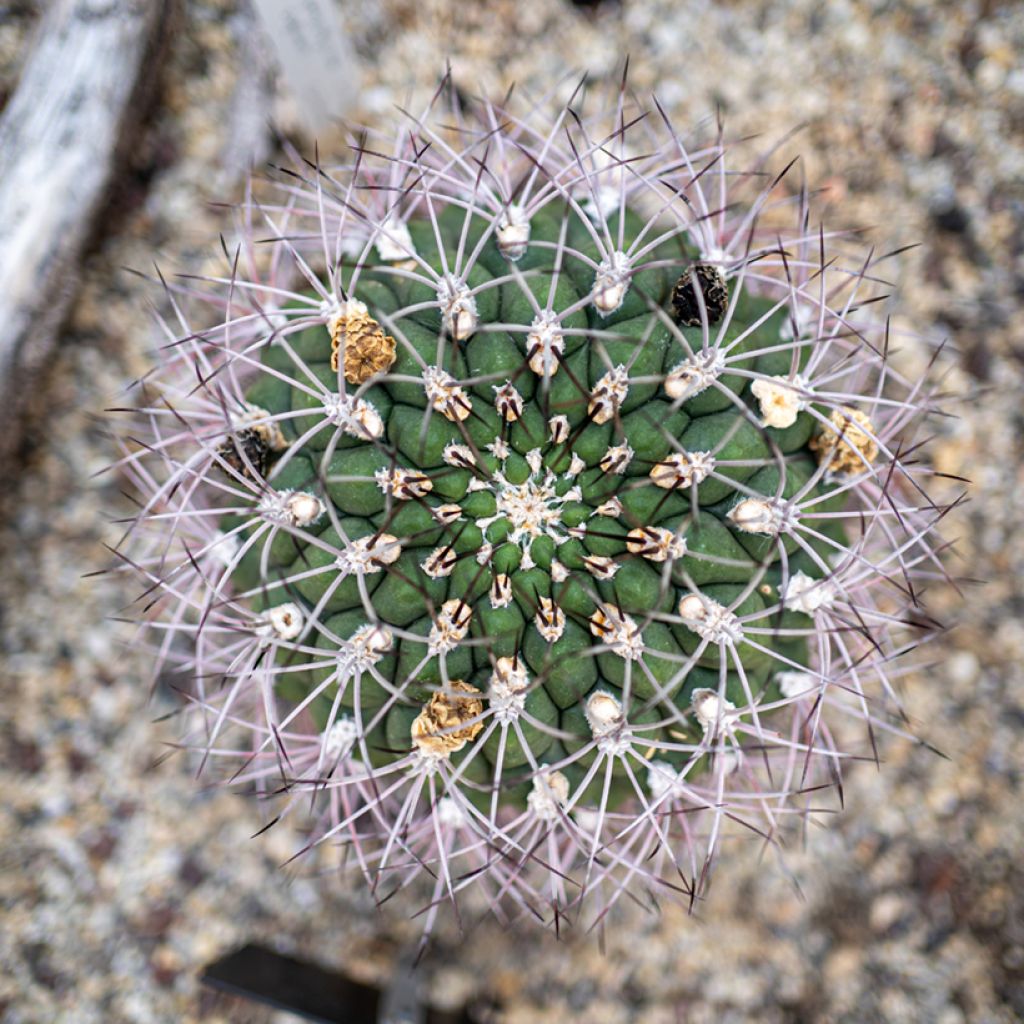

Gymnocalycium saglionis - Giant chin cactus
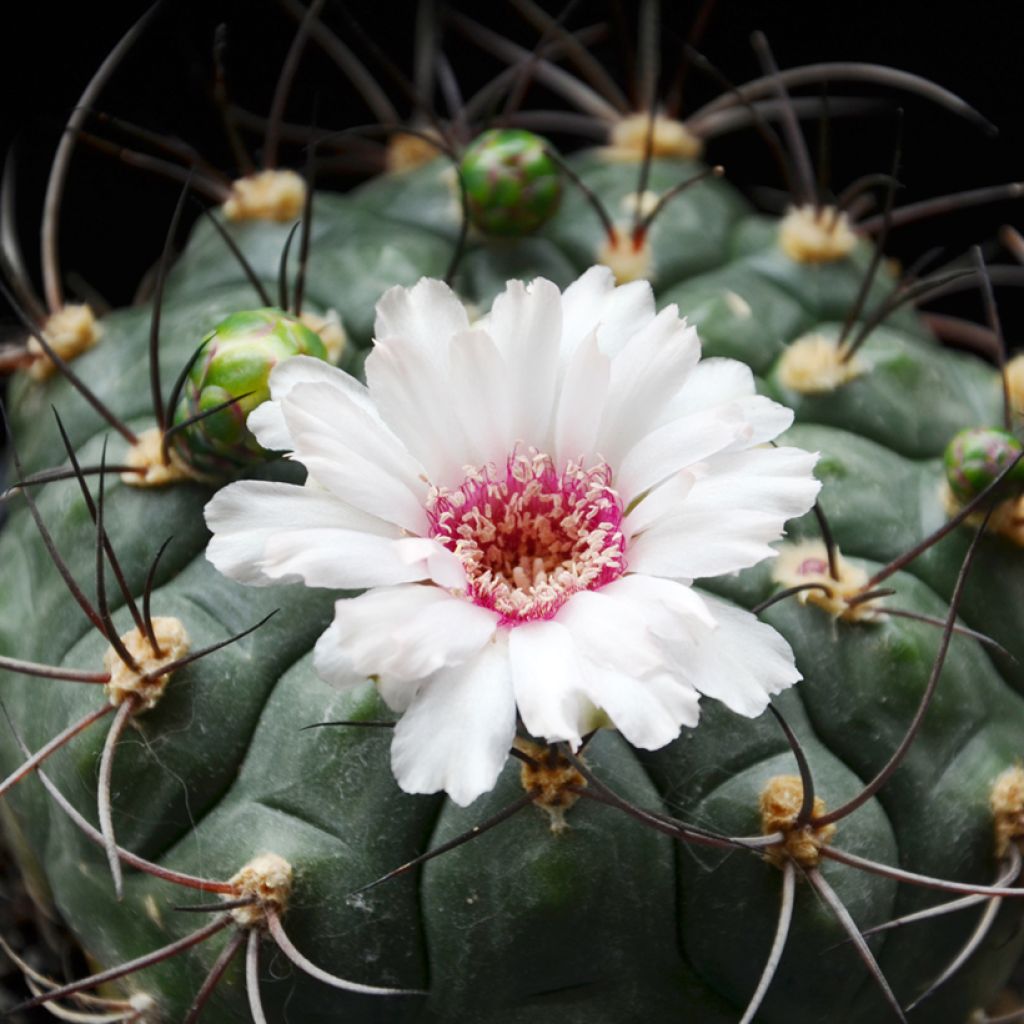

Gymnocalycium saglionis - Giant chin cactus
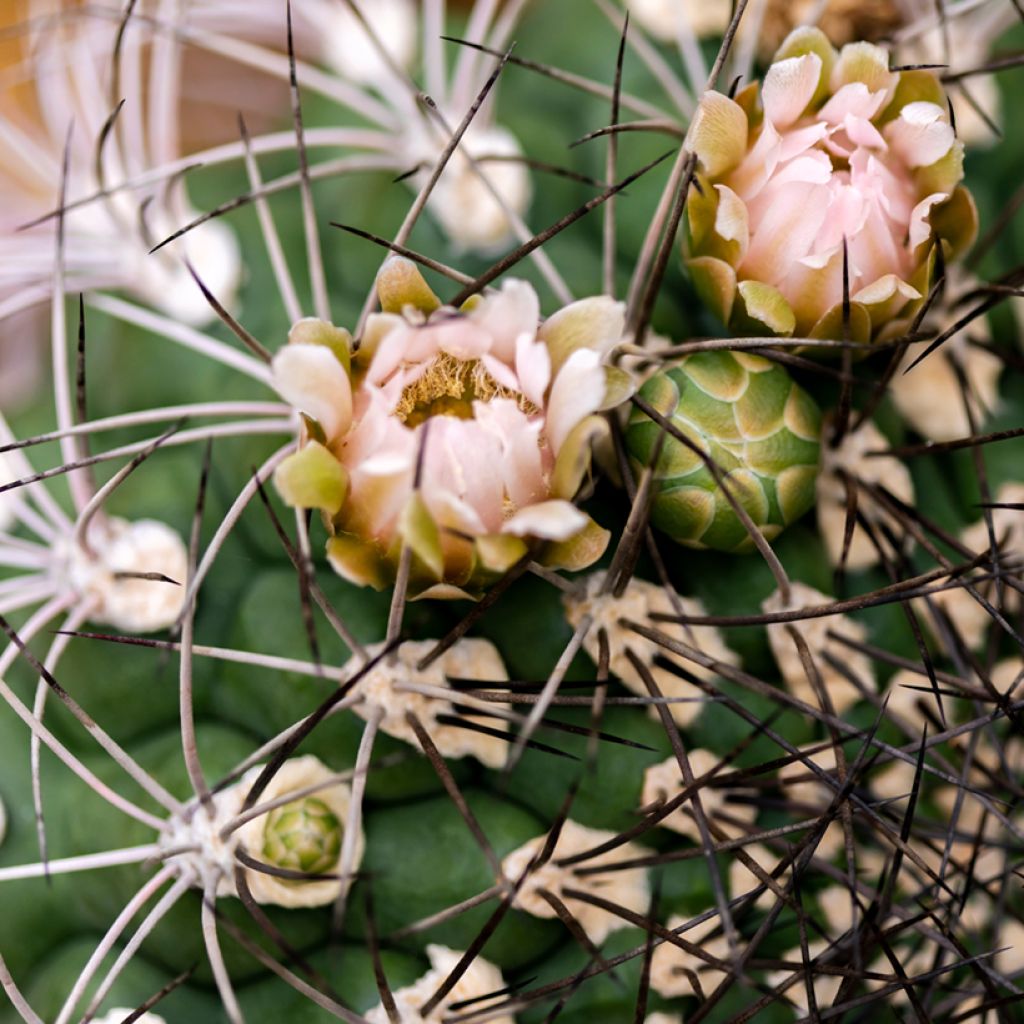

Gymnocalycium saglionis - Giant chin cactus
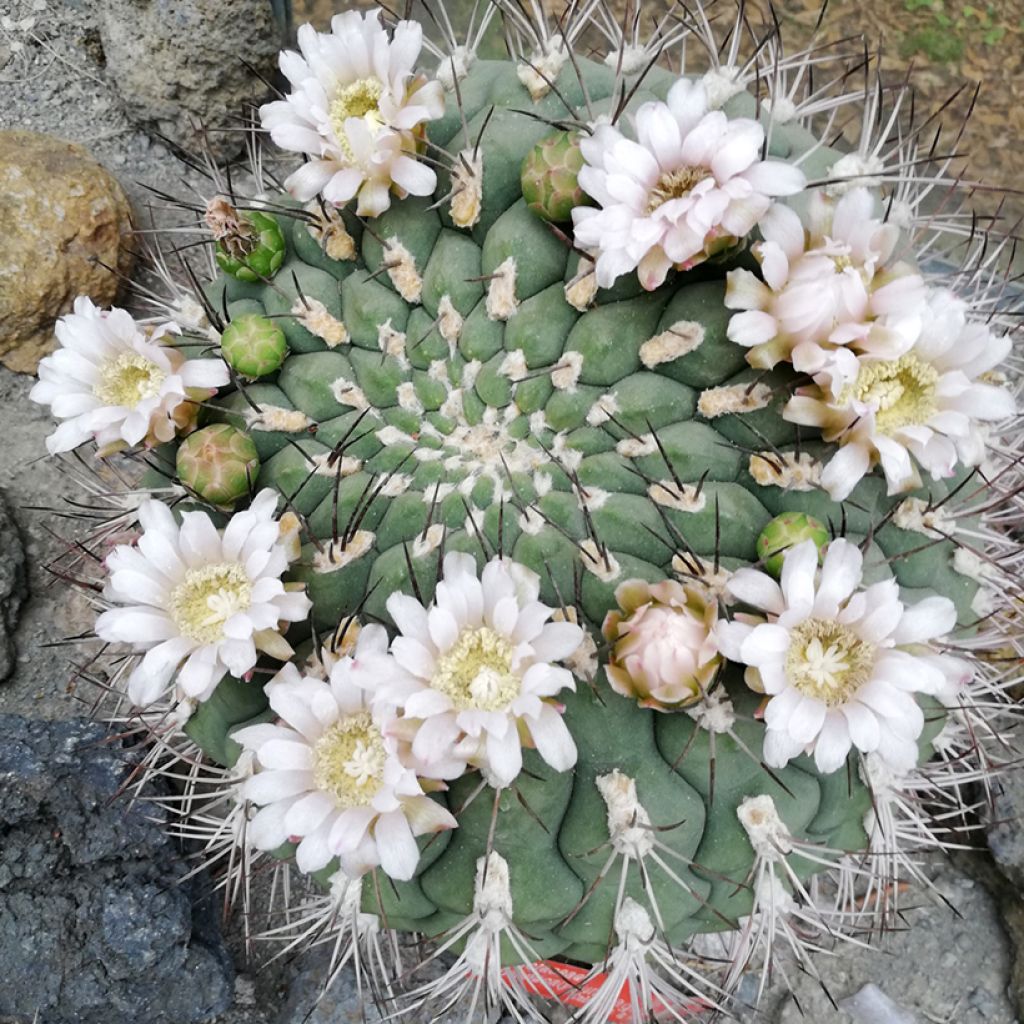

Gymnocalycium saglionis - Giant chin cactus
Gymnocalycium saglionis - Giant chin cactus
Gymnocalycium saglionis
Giant chin cactus
Very happy with my delivery. I didn't expect them to be so big, it was a very pleasant surprise. And they arrived already in full flower too!!!
Karine , 11/06/2025
Special offer!
Receive a €20 voucher for any order over €90 (excluding delivery costs, credit notes, and plastic-free options)!
1- Add your favorite plants to your cart.
2- Once you have reached €90, confirm your order (you can even choose the delivery date!).
3- As soon as your order is shipped, you will receive an email containing your voucher code, valid for 3 months (90 days).
Your voucher is unique and can only be used once, for any order with a minimum value of €20, excluding delivery costs.
Can be combined with other current offers, non-divisible and non-refundable.
Why not try an alternative variety in stock?
View all →This plant carries a 12 months recovery warranty
More information
We guarantee the quality of our plants for a full growing cycle, and will replace at our expense any plant that fails to recover under normal climatic and planting conditions.

Would this plant suit my garden?
Set up your Plantfit profile →
Description
Gymnocalycium saglionis is a species of globose cactus native to northwestern Argentina. Valued for its spherical shape and distinctive curved thorns, it has a slow growth rate and can reach up to 30 cm in diameter, or even 40 cm at maturity. A spring flowering crowns its top with delicate white to pinkish flowers. It can be cultivated in rock gardens in a Mediterranean climate: it tolerates temperatures as low as -8/-10°C in dry soil, but dislikes cold and damp conditions. Indoors, it thrives behind a south-facing window and can be moved outdoors during the warmer months.
Belonging to the Cactaceae family, Gymnocalycium saglionis is native to northwestern Argentina. It is mainly found in the provinces of Salta, Tucumán, Catamarca, La Rioja, and San Juan, where it grows on rocky soils alongside other low vegetation. It is characterised by a dull green to bluish-green body, sometimes almost cylindrical or slightly flattened, usually solitary. Its yellowish to reddish-brown thorns turn grey with age and can grow up to 4 cm long. They are typically curved towards the plant's body, providing natural protection against herbivores. The small flowers often appear in clusters at the top of the plant and are followed by reddish, globose fruits containing small black seeds.
To cultivate Gymnocalycium saglionis indoors, it is essential to provide it with very bright light, behind a south-facing window, and possibly outdoors in summer. A well-draining substrate, composed of a cactus mix and coarse sand or perlite, is recommended to prevent moisture accumulation. Water moderately from spring to autumn, allowing the substrate to dry completely between waterings. In winter, a dry rest period at cooler temperatures, around 10°C, is essential to induce flowering the following spring.
In a cactus collection, Gymnocalycium saglionis harmonises beautifully with other species of varied shapes and colours. It can be paired with Echinopsis or Parodia to create a visually appealing display. Its majestic habit and delicate flowering make it an ideal choice for succulent enthusiasts looking to add an exotic touch to their indoor spaces.
The name "Gymnocalycium" derives from the Greek "gymnos" (naked) and "kalyx" (calyx), referring to the calyx lacking scales or hairs in species of this genus. "Saglionis" honours J. Saglio, a 19th-century French plant collector. This species is particularly prized for its longevity and resilience, making it a centrepiece in any cactus collection.
Gymnocalycium saglionis - Giant chin cactus in pictures




Flowering
Foliage
Plant habit
Botanical data
Gymnocalycium
saglionis
Cactaceae
Giant chin cactus
Echinocactus saglionis
South America
Other Cacti
View all →Planting and care
Gymnocalycium saglionis should be handled with gloves due to its thorns.
Outdoor cultivation: in regions with mild and dry winters, Gymnocalycium saglionis can be grown in rock gardens, in full sun. The soil must be extremely well-drained, ideally composed of coarse sand or gravel to prevent any moisture accumulation, as this species is very sensitive to excess water. Although it can tolerate temperatures dropping to -8/-10°C at their lowest, it is recommended to protect it from prolonged frosts by using a gravel mulch around the base, for example. Watering should be moderate during the growth season, ensuring the soil dries out completely between waterings, and almost non-existent in winter to avoid the risk of rot.
Indoor cultivation: For indoor cultivation or in regions with cold and wet winters, Gymnocalycium saglionis adapts well to pot cultivation. It is advisable to use a container with drainage holes to prevent any water stagnation. A specific cactus substrate, composed of 70 to 80% mineral materials such as coarse sand, perlite, or pumice, will ensure optimal drainage. Place the pot in a bright location, benefiting from several hours of direct sunlight per day, while avoiding exposure to the most intense rays of the day. Water sparingly during the growth period; water deeply and then allow the substrate to dry out completely before the next watering. In winter, drastically reduce water intake, as the plant enters dormancy, and excess moisture could be fatal. Repotting every 2 to 3 years, at the beginning of spring, will allow the substrate to be renewed and provide the plant with adequate space for its development.
Planting period
Intended location
Care
Planting & care advice
-
, onOrder confirmed
Reply from on Promesse de fleurs
Similar products
Haven't found what you were looking for?
Hardiness is the lowest winter temperature a plant can endure without suffering serious damage or even dying. However, hardiness is affected by location (a sheltered area, such as a patio), protection (winter cover) and soil type (hardiness is improved by well-drained soil).

Photo Sharing Terms & Conditions
In order to encourage gardeners to interact and share their experiences, Promesse de fleurs offers various media enabling content to be uploaded onto its Site - in particular via the ‘Photo sharing’ module.
The User agrees to refrain from:
- Posting any content that is illegal, prejudicial, insulting, racist, inciteful to hatred, revisionist, contrary to public decency, that infringes on privacy or on the privacy rights of third parties, in particular the publicity rights of persons and goods, intellectual property rights, or the right to privacy.
- Submitting content on behalf of a third party;
- Impersonate the identity of a third party and/or publish any personal information about a third party;
In general, the User undertakes to refrain from any unethical behaviour.
All Content (in particular text, comments, files, images, photos, videos, creative works, etc.), which may be subject to property or intellectual property rights, image or other private rights, shall remain the property of the User, subject to the limited rights granted by the terms of the licence granted by Promesse de fleurs as stated below. Users are at liberty to publish or not to publish such Content on the Site, notably via the ‘Photo Sharing’ facility, and accept that this Content shall be made public and freely accessible, notably on the Internet.
Users further acknowledge, undertake to have ,and guarantee that they hold all necessary rights and permissions to publish such material on the Site, in particular with regard to the legislation in force pertaining to any privacy, property, intellectual property, image, or contractual rights, or rights of any other nature. By publishing such Content on the Site, Users acknowledge accepting full liability as publishers of the Content within the meaning of the law, and grant Promesse de fleurs, free of charge, an inclusive, worldwide licence for the said Content for the entire duration of its publication, including all reproduction, representation, up/downloading, displaying, performing, transmission, and storage rights.
Users also grant permission for their name to be linked to the Content and accept that this link may not always be made available.
By engaging in posting material, Users consent to their Content becoming automatically accessible on the Internet, in particular on other sites and/or blogs and/or web pages of the Promesse de fleurs site, including in particular social pages and the Promesse de fleurs catalogue.
Users may secure the removal of entrusted content free of charge by issuing a simple request via our contact form.
The flowering period indicated on our website applies to countries and regions located in USDA zone 8 (France, the United Kingdom, Ireland, the Netherlands, etc.)
It will vary according to where you live:
- In zones 9 to 10 (Italy, Spain, Greece, etc.), flowering will occur about 2 to 4 weeks earlier.
- In zones 6 to 7 (Germany, Poland, Slovenia, and lower mountainous regions), flowering will be delayed by 2 to 3 weeks.
- In zone 5 (Central Europe, Scandinavia), blooming will be delayed by 3 to 5 weeks.
In temperate climates, pruning of spring-flowering shrubs (forsythia, spireas, etc.) should be done just after flowering.
Pruning of summer-flowering shrubs (Indian Lilac, Perovskia, etc.) can be done in winter or spring.
In cold regions as well as with frost-sensitive plants, avoid pruning too early when severe frosts may still occur.
The planting period indicated on our website applies to countries and regions located in USDA zone 8 (France, United Kingdom, Ireland, Netherlands).
It will vary according to where you live:
- In Mediterranean zones (Marseille, Madrid, Milan, etc.), autumn and winter are the best planting periods.
- In continental zones (Strasbourg, Munich, Vienna, etc.), delay planting by 2 to 3 weeks in spring and bring it forward by 2 to 4 weeks in autumn.
- In mountainous regions (the Alps, Pyrenees, Carpathians, etc.), it is best to plant in late spring (May-June) or late summer (August-September).
The harvesting period indicated on our website applies to countries and regions in USDA zone 8 (France, England, Ireland, the Netherlands).
In colder areas (Scandinavia, Poland, Austria...) fruit and vegetable harvests are likely to be delayed by 3-4 weeks.
In warmer areas (Italy, Spain, Greece, etc.), harvesting will probably take place earlier, depending on weather conditions.
The sowing periods indicated on our website apply to countries and regions within USDA Zone 8 (France, UK, Ireland, Netherlands).
In colder areas (Scandinavia, Poland, Austria...), delay any outdoor sowing by 3-4 weeks, or sow under glass.
In warmer climes (Italy, Spain, Greece, etc.), bring outdoor sowing forward by a few weeks.






























